- 022 315 8987
- info@myhomesconstruct.co.nz
Gutters are vital for protecting your Auckland home from water damage, but without the right setup, rainwater can still wreak havoc. A gutter apron—also known as gutter flashing—is a key component that ensures water flows directly into your gutter system, safeguarding your roofline, fascia, and foundation. In Auckland, where annual rainfall averages around 1200 mm, missing or poorly installed gutter aprons can lead to serious issues like fascia rot, leaky roofs, or even foundation damage, especially in areas with clay soils like Albany. These problems are costly to fix and can lower your property’s value in Auckland’s competitive housing market. Installing a gutter apron is a manageable DIY project for those comfortable working at height, but it requires precision to prevent leaks. If you’re unsure or dealing with a steep roof, professional help might be the safer option. In this guide, we’ll explain what a gutter apron is, walk you through the installation process step by step, and share pro tips for a leak-free finish. We’ll also highlight why My Homes Construct Ltd is Auckland’s trusted expert for gutter repairs and installations when you need a professional touch.
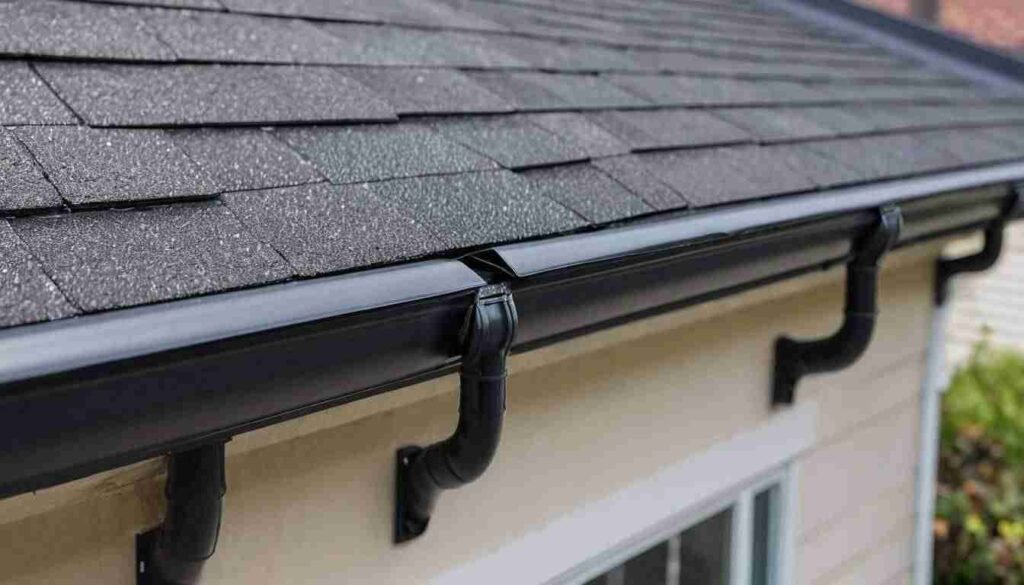
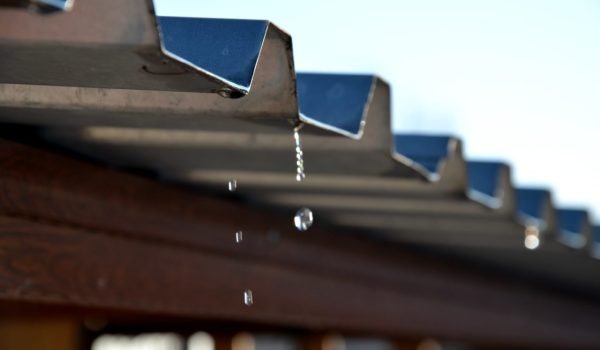
A gutter apron might sound like a small detail, but it plays a big role in keeping your Auckland home dry and damage-free. Let’s break down what it is, how it differs from similar components, and when you might need one.
Local Insight: In Auckland, where storms can bring sudden downpours, a gutter apron is especially important for homes with low-pitched roofs, as water can easily run behind the gutter without one, causing damage over time.
A gutter apron is a simple yet effective way to protect your home’s roofline and foundation, making it a must-have for any Auckland homeowner looking to prevent water damage.
Before you begin installing a gutter apron, gather the right tools and materials to ensure a smooth and safe process. Here’s what you’ll need for a typical Auckland home, considering local conditions and building standards:
Safety Tip: Always check the weather before starting—Auckland’s sudden rain showers can make roofs slippery, increasing the risk of falls. Schedule the project for a dry day, ideally in summer (December–February).
With these tools and materials ready, you’ll be well-prepared to install a gutter apron that protects your Auckland home from water damage, ensuring a professional-quality result.

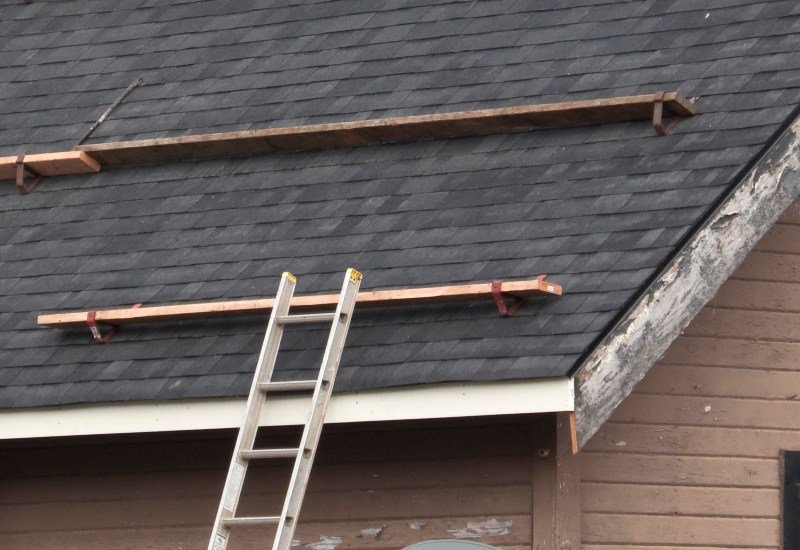
Installing a gutter apron is a straightforward DIY project if you follow these steps carefully. This guide is tailored for Auckland homeowners, considering local weather and building standards. Always prioritise safety when working at height, especially on ladders or roofs.
Lifting the shingles allows you to slide the gutter apron underneath, ensuring a secure fit that directs water into the gutter.
Shingle Tip: If shingles are stuck down with old adhesive, apply gentle heat with a hairdryer to loosen them, making removal easier without causing damage.
Positioning the gutter apron correctly ensures water flows into the gutter without seeping behind it, protecting your fascia and roofline.
Fitment Tip: If the apron doesn’t sit flush, check for obstructions like nails or debris under the shingles, and remove them to ensure a tight, leak-free fit.
Proper alignment ensures the gutter apron directs water into the gutter system, preventing overflow and damage to your home’s structure.
Alignment Tip: Use a piece of string or a straight edge to check the apron’s alignment along the gutter, ensuring it remains consistent and functional across the entire roof edge.
Securing the gutter apron to the roof decking ensures it stays in place, even during Auckland’s stormy weather, preventing water from seeping underneath.
Securing Tip: If the roof decking feels soft or rotten, replace the damaged section before installing the apron, as weak timber can compromise the apron’s hold and lead to leaks.
Finishing the installation properly ensures the gutter apron is watertight and blends seamlessly with your roof, providing long-lasting protection.
Finishing Tip: Wait 24–48 hours for the sealant to cure fully before testing with heavy water flow, as Auckland’s humidity can slow drying times, ensuring a strong, watertight bond.
By following these steps, you’ll install a gutter apron that effectively directs water into your gutter system, protecting your Auckland home from costly water damage.
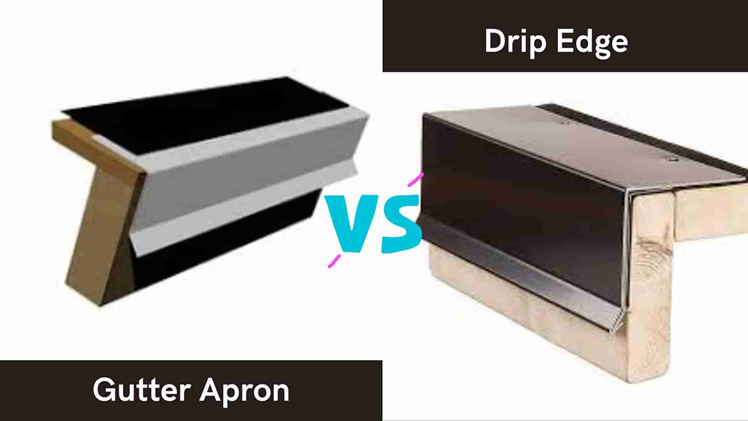
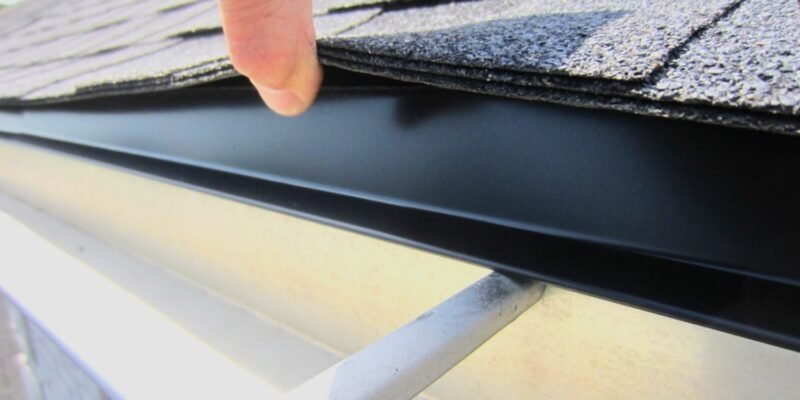
A well-installed gutter apron can save your home from water damage, but a few expert tips can ensure a professional, leak-free result. Here’s how to get it right in Auckland’s challenging conditions:
Pro Tip: After installation, inspect the gutter apron annually during your regular gutter maintenance to check for loose nails, cracked sealant, or corrosion, ensuring it continues to protect your home effectively.
These tips will help you achieve a leak-free gutter apron installation, ensuring your Auckland home stays dry and damage-free through all seasons.
Can you install a gutter apron without removing shingles?
It’s possible but not recommended. Lifting the shingles ensures the apron sits flush against the roof decking, creating a proper seal. Without removing shingles, you risk gaps that can lead to leaks, especially in Auckland’s heavy rainfall.
Is a drip edge the same as a gutter apron?
No, a drip edge directs water away from the fascia but doesn’t overlap the gutter like a gutter apron does. A gutter apron ensures water flows directly into the gutter, making it more effective for gutter-specific protection in Auckland homes.
Do I need a gutter apron if I already have flashing?
If your existing flashing doesn’t direct water into the gutter, a gutter apron can provide added protection, especially if you’re noticing fascia damage or leaks. It’s a good upgrade for older homes in Mount Eden with outdated flashing.
How long does a gutter apron last in Auckland’s climate?
A galvanised steel or aluminium gutter apron can last 20–30 years if properly installed and maintained. Regular inspections and resealing joints every 5–7 years will extend its lifespan in Auckland’s humid, salty air.
What if my roof is too steep to work on safely?
Steep roofs, common in the Waitakere Ranges, can be dangerous for DIYers. Hire professionals like My Homes Construct Ltd to handle the installation safely, ensuring compliance with WorkSafe NZ safety standards.
Installing a gutter apron is a smart and practical way to protect your Auckland home from costly water damage, ensuring rainwater flows directly into your gutter system without harming your fascia, roofline, or foundation. By following this step-by-step guide—removing shingles, sliding the apron into place, aligning it over the gutter, securing it to the roof decking, and sealing the joints—you can achieve a leak-free setup that stands up to Auckland’s wet climate. Pro tips like ensuring a tight fit, overlapping sections, and sealing with roofing cement will help you get a professional-quality result, keeping your home dry through heavy rain and storms. However, working at height or on steep roofs can be tricky, and mistakes can lead to leaks or safety risks. If you’re not confident about heights, roof work, or ensuring compliance with local regulations, it’s best to call in the experts. My Homes Construct Ltd specializes in gutter repairs and installations, offering Auckland homeowners peace of mind with top-notch craftsmanship.
📞 Contact the Experts
From minor dents to full replacements—we’re Auckland’s gutter pros!
📞 Call My Homes Construct Ltd: 022 315 8987
📧 Email: info@myhomesconstruct.co.nz
Don’t let water damage threaten your home—call us today for a free consultation and keep your gutters in top shape!
WhatsApp us